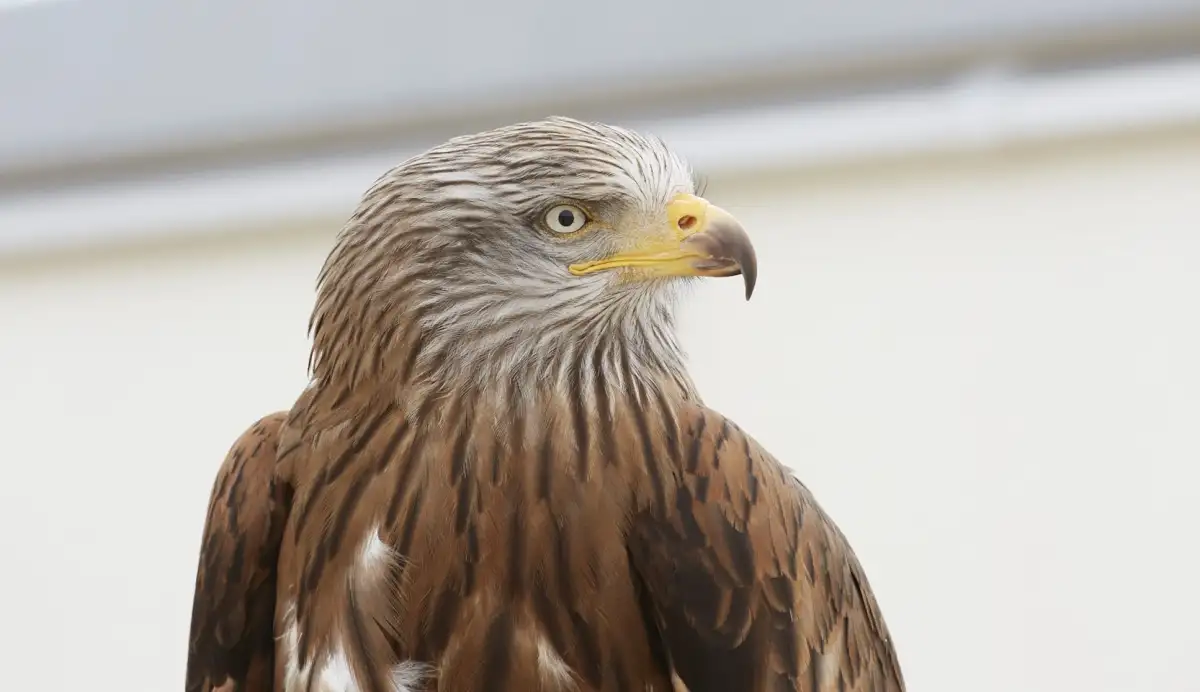Nature and Species Conservation
Wind energy utilisation in harmony with nature and species conservation

Birds
The primary goal of bird research at the wind energy test site is to develop and test avoidance measures that are able to better protect endangered birds of prey from collisions. This includes technical systems for detecting birds, so-called anti-collision systems. The behaviour of birds of prey is being studied in detail at the test site using radar, telemetry and laser range finders in order to investigate their suitability for use. As the red kite is the main focus in Germany, several red kites living at the test site have already been fitted with GPS transmitters. Their flight movements are now continuously recorded and correlated with meteorological parameters such as wind speed, precipitation and visibility.
Bats
Acoustic measuring devices on the wind turbines and measuring masts are used to determine bat activity at different heights and correlate it with meteorological data such as temperature, wind speed, wind direction and precipitation. A 3D thermal imaging camera system also records the flight paths of bats on the rotors in order to analyse possible causes of collision in detail. As a result, new avoidance measures are to be developed or existing ones, such as shutdown algorithms in particular, optimised.
Insects
To date, there is little knowledge about the attraction or deterrence effect of wind turbines on insects, although a direct correlation between insect activity and the risk to bats at wind turbines is suspected, for example. At the test site, insect activity is determined using special photo traps and radar measurements in order to investigate the dependence of the spatial and temporal distribution of insect occurrence on meteorological parameters.

